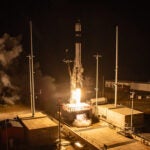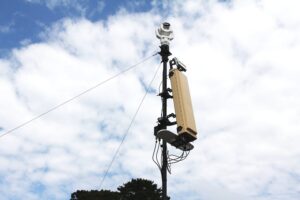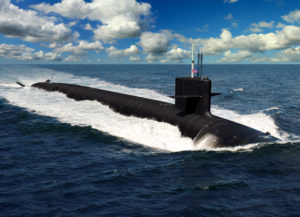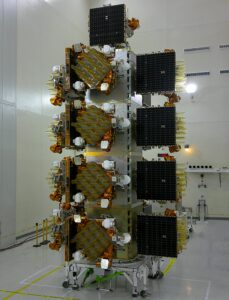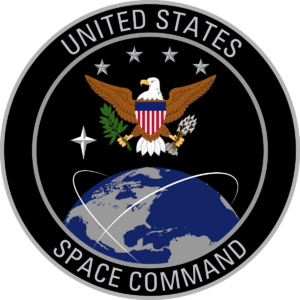
U.S. Space Command (SPACECOM) this week announced it is taking over missile defense responsibilities from U.S. Strategic Command, in accordance with a command plan approved by President Biden. The 2022 Unified Command Plan (UCP), signed off on April 25, directs the transfer of the missile defense operations responsibilities. “This transfer is the culmination of a comprehensive study on the roles, responsibilities and authorities associated with the Missile Defense enterprise and represents an alignment to the 2022 Missile Defense Review,” Army…

 By
By 